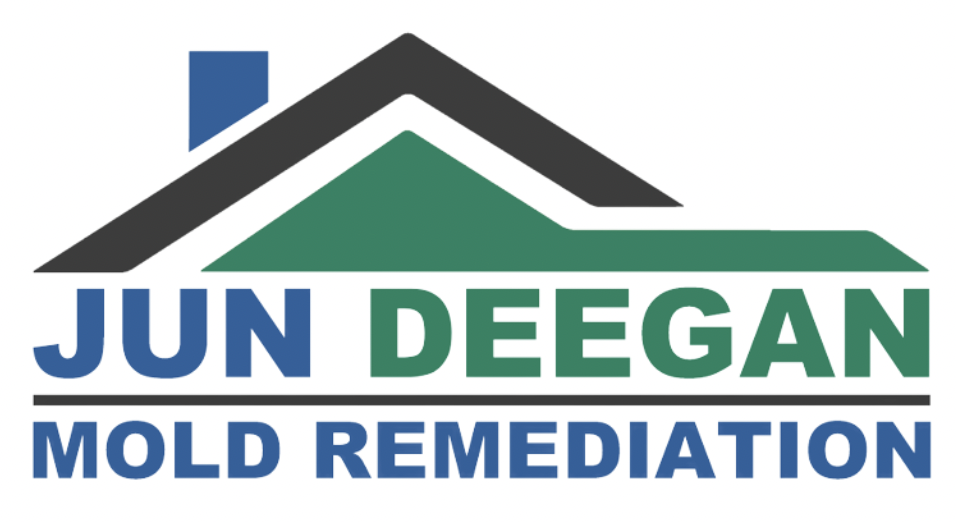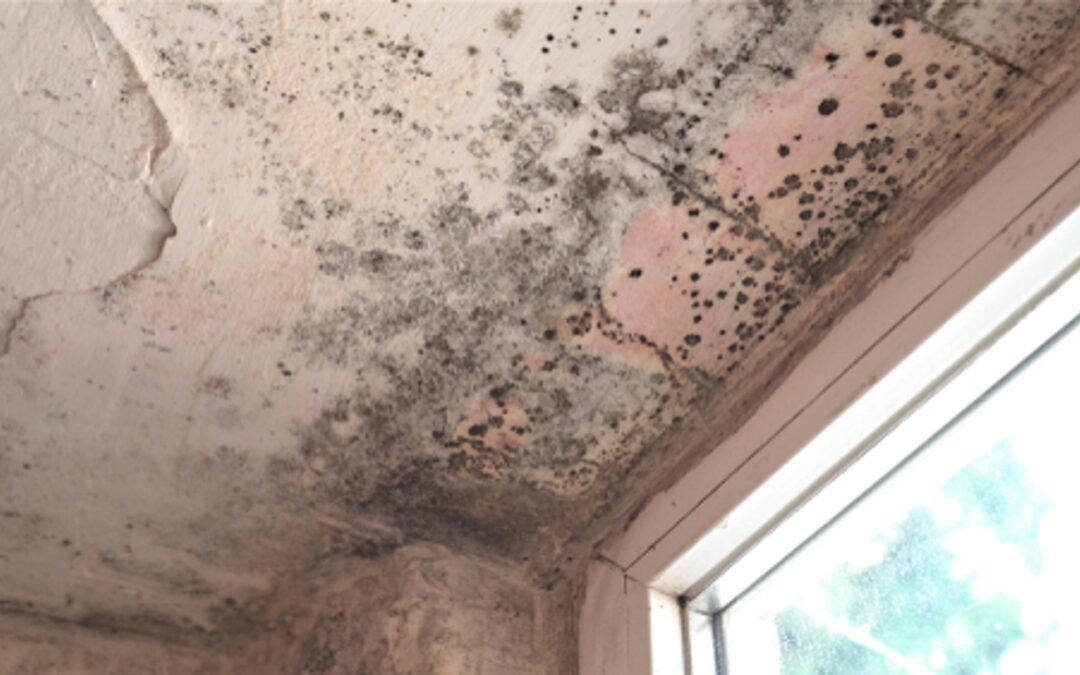Mold is an issue many property owners in Central New Jersey face due to the region’s humid climate. Mold can grow indoors when moisture accumulates, creating potential health hazards and property damage. It’s crucial to identify different types of mold to tackle the issue appropriately and ensure a safe environment. Here, we’ll explore various types of mold commonly found in homes and businesses in Central NJ, how to recognize them, and how to deal with them.
Types of Mold in Central NJ
1. Stachybotrys Chartarum (Black Mold)
Perhaps the most infamous type of mold, Stachybotrys chartarum is commonly known as black mold. It is dark green or black in color, and its texture can appear slimy or fuzzy. Black mold thrives in damp, cellulose-rich environments, such as wood, paper, and drywall. This type of mold tends to grow in areas that have sustained long-term water damage, such as flooded basements or leaking roofs.
Health Risks:
Black mold can produce mycotoxins, which can cause a range of symptoms, including chronic coughing, sneezing, eye irritation, headaches, and even neurological issues in extreme cases. Those with asthma, allergies, or compromised immune systems are particularly vulnerable.
Where to Find It:
- Basement walls and ceilings
- Behind drywall after flooding or leaks
- Bathrooms with poor ventilation
- Areas with continuous humidity, such as around air conditioning units
How to Handle:
If you suspect black mold, it’s important to contact a professional for proper removal. DIY approaches are discouraged due to the health risks and the likelihood of spores spreading during cleanup.
2. Aspergillus
Aspergillus is another common mold found in Central NJ homes and businesses. This mold comes in a variety of colors, including green, white, yellow, and brown. It grows rapidly and can be found in areas with high humidity or poor ventilation. While it is one of the most widespread molds, only certain strains produce harmful toxins.
Health Risks:
Exposure to Aspergillus can result in respiratory issues, particularly for people with asthma or compromised immune systems. Long-term exposure may lead to allergic reactions or lung infections, a condition known as aspergillosis.
Where to Find It:
- HVAC systems and filters
- Window sills where condensation collects
- Bathrooms, kitchens, and basements
- Food that has spoiled or been left in a humid area
How to Handle:
For minor infestations, Aspergillus can often be removed with household cleaners and improved ventilation. However, for more significant growth or recurrent mold, a professional assessment may be required to identify underlying moisture problems.
 3. Cladosporium
3. Cladosporium
Cladosporium is one of the more frequently encountered molds, particularly in Central NJ’s temperate climate. It has a suede-like texture and appears in shades of olive green, brown, or black. Unlike other molds, Cladosporium can thrive in both warm and cool conditions, making it a year-round problem.
Health Risks:
This mold type is less toxic than black mold, but it can still cause significant health issues, especially for people with respiratory conditions. Exposure can lead to allergic reactions, skin rashes, sinus infections, and asthma symptoms.
Where to Find It:
- Painted surfaces
- Wooden materials
- Carpets and upholstered furniture
- Areas around HVAC vents and damp closets
How to Handle:
Like Aspergillus, Cladosporium can often be treated with household cleaning solutions if caught early. Be sure to wear protective gear during removal, as inhaling the spores can trigger allergic reactions.
4. Penicillium
Recognizable by its distinctive blue or green color, Penicillium is a fast-growing mold that can spread quickly throughout a home or business. It is particularly prevalent in environments where water damage has occurred. Though it is the same mold from which the antibiotic penicillin is derived, its presence indoors is far from beneficial.
Health Risks:
Inhalation of Penicillium spores can lead to respiratory issues, especially for individuals with allergies. Extended exposure can cause chronic sinus infections and bronchitis. In some cases, Penicillium exposure has been linked to lung inflammation and weakened immune systems.
Where to Find It:
- Water-damaged areas, such as under carpets or behind walls
- Insulation materials
- Damp basements or crawl spaces
- Food items (e.g., spoiled bread or fruit)
How to Handle:
Professional remediation is often necessary, especially for large infestations or in cases where the mold has spread to hidden areas. Correcting moisture issues, such as repairing leaks or improving ventilation, is crucial in preventing recurrence.
5. Alternaria
Alternaria is one of the most common outdoor molds, but it can also find its way indoors. It appears in dark green or brown patches with a velvety texture. This mold thrives in damp, warm areas, making it common in Central NJ during the warmer months when humidity levels rise.
Health Risks:
Like other molds, Alternaria can cause allergic reactions and asthma attacks. It is particularly problematic for individuals with pre-existing respiratory conditions, as exposure can exacerbate symptoms.
Where to Find It:
- Leaky windowsills or doors
- Damp walls in bathrooms and kitchens
- HVAC units and filters
- Around plants or in soil
How to Handle:
While smaller infestations can be cleaned with household mold removers, larger or more persistent growth may require professional treatment. Ensure good airflow and address any moisture issues to prevent future mold growth.
6. Fusarium
Fusarium is another mold species that can be problematic in homes and businesses. It grows in cooler, wetter environments, making it particularly troublesome in NJ’s fall and winter months. It’s recognizable by its pink, white, or reddish hues, often appearing on water-damaged materials.
Health Risks:
This mold can cause allergic reactions, including eye and skin irritations, and it may also lead to respiratory infections in individuals with weakened immune systems. In severe cases, Fusarium has been associated with more serious health conditions, such as invasive fusariosis.
Where to Find It:
- Wet carpeting and wallpaper
- Damp basements or crawl spaces
- Areas around leaking pipes or windows
- Houseplants and soil
How to Handle:
Due to its ability to spread rapidly and its health risks, Fusarium infestations should be handled by professionals. The affected materials often need to be removed and replaced, as simply cleaning the surface may not be sufficient.
Mold can present serious risks for homes and businesses in Central NJ, especially in environments where moisture is prevalent. Recognizing the signs of mold and understanding the different types—such as black mold, Aspergillus, Cladosporium, Penicillium, Alternaria, and Fusarium—can help you take prompt action. It’s important to address water damage and moisture issues quickly to prevent mold from growing in the first place. For larger infestations or toxic molds, always seek professional assistance to ensure safe and effective removal.
By staying vigilant and addressing mold problems early, you can maintain a healthier environment and prevent costly damage to your property.

